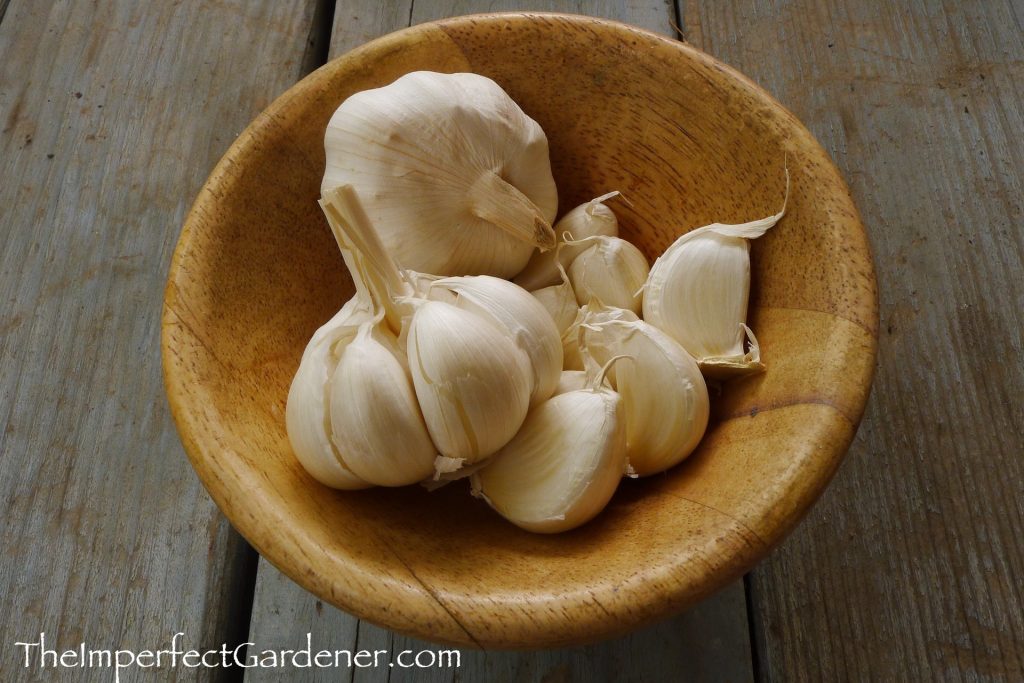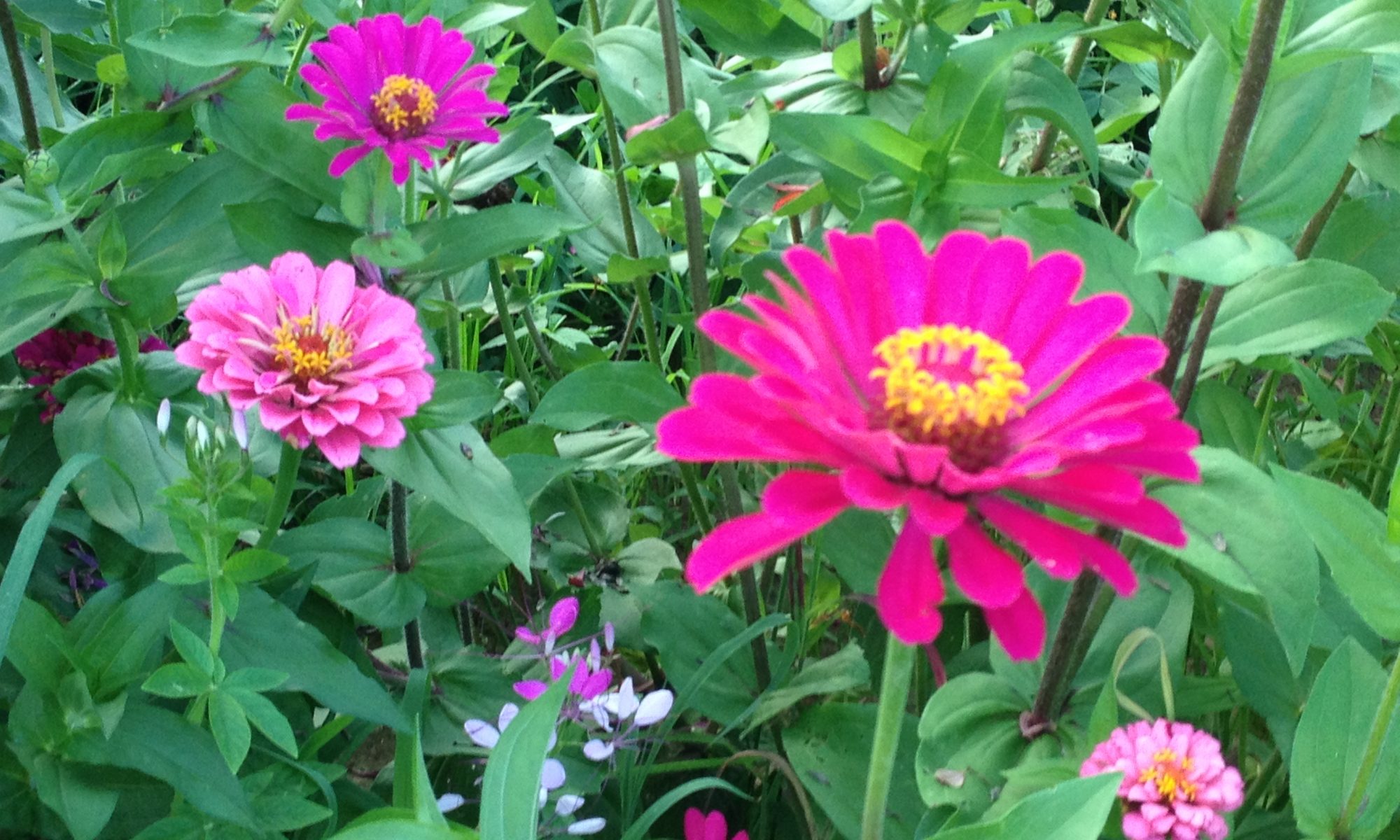
In the fall and early winter, when days grow shorter and cooler and the first frost approaches, it’s time to plant garlic.
Hard-neck vs. soft-neck garlic
Though garlic comes in dozens of varieties, there are two main types of garlic: hard-neck and soft-neck. The garlic you find in the grocery store usually is soft-neck garlic, which tends to be milder in taste than the hard-neck, which has a more robust, garlic flavor.
However, most U.S. gardeners will need to grow hard-neck varieties, which thrive in areas with severe winters. Soft-neck garlic grows well only in arid climates where winters are mild. Before ordering garlic to plant, find out from area gardeners or from your local agricultural extension service which garlic is best suited to grow in your region.
Planting garlic
Unless your soil is very well drained, you’ll want to plant your garlic seed in a raised bed so water drains out. Otherwise, roots will rot. Remember, however, that raised beds require close monitoring because soil can dry out quickly.
Before planting, have the soil tested by a local extension agent. Garlic grows best in soil with a pH of 7. Once the soil is right, plant the garlic cloves pointy side up 2-3 inches deep and about 7 inches apart. Rows should be 12-13 inches apart.
Tending the garlic garden
As the weather turns cold, mulch with 2 inches of chopped leaves. This not only keeps light from getting through to the plants, but it helps suppress weeds. The garlic shoot will emerge from the mulch in spring.
When the plants are 6 to 8 inches high, apply a 7-2-4 fertilizer — I prefer that in an organic fertilizer — very liberally. You’ll get a bigger plant with a better bulb.
The plant will continue growing and in early summer a flower stalk called a scape will appear. Many garlic growers cut off the scapes by hand to encourage the plant to focus its growing energy on developing the bulb rather than the flower.
Harvest time
As the plant grows, the leaves begin to turn brown from the bottom up. More leaves will die as harvest time approaches. When four to five green leaves remain on the plant — usually from late June to late July — it’s time to harvest the garlic.
You can eat it immediately or store it for later use. Garlic keeps longest when stored at 60-65 degrees in moderate humidity.

